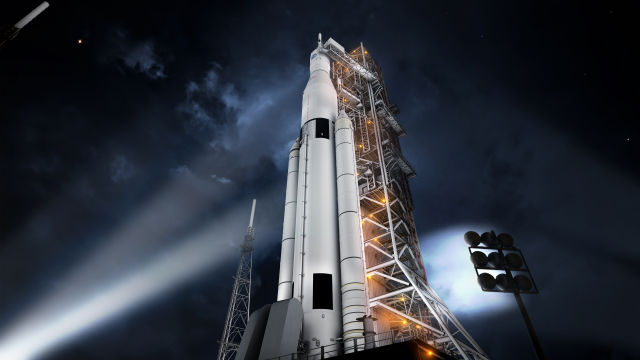NASA chooses not to tell Congress how much deep space missions cost
Ars Technica » Scientific Method 2017-10-20

How much will the second flight of the Space Launch System and Orion spacecraft cost? We don't know. (credit: NASA)
This week, the US Government Accountability Office reported on progress the space agency is making to prepare the Space Launch System rocket, Orion spacecraft, and launch systems at Kennedy Space Center for future missions. NASA is making progress on these complex integration activities, the report finds, but the space agency has a long ways to go to make a test flight in late 2019 or early 2020.
One surprise in the report is that NASA still has not provided Congress (or anyone else) with cost estimates for the first crewed mission of the SLS rocket and Orion spacecraft, which could occur in 2023 or later. This "Exploration Mission 2," which would entail flying a crew of four into deep space and possibly delivering the first component of a space station into lunar orbit, would mark the first human mission after 12 years of development of the rocket and nearly two decades of work on Orion.
"Establishing a cost and schedule baseline for NASA’s second mission is an important initial step in understanding and gaining support," the report states of NASA's exploration plans, which include building the deep space station and then going to the lunar surface or on to Mars. "NASA’s ongoing refusal to establish this baseline is short-sighted, because EM-2 is part of a larger conversation about the affordability of a crewed mission to Mars."